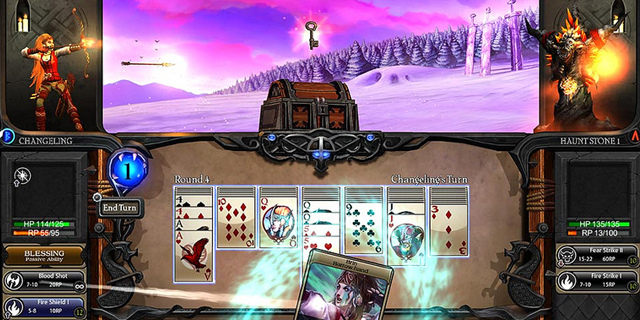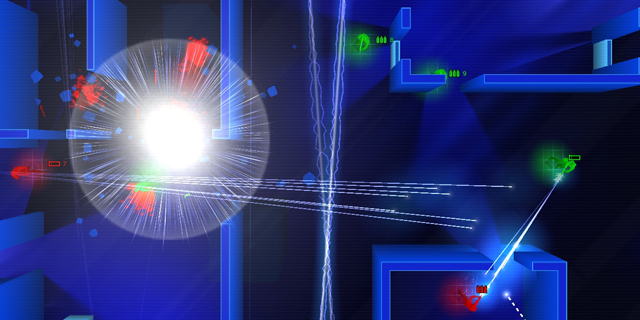Tower defense is a niche genre that wears out its welcome quickly for some, and if that has happened to you, Revenge of the Titans won’t do anything to make you come back. However, if it is a genre you crave, then Revenge of the Titans’ unique options and opportunities for creativity will satiate your thirst.
In the game, you are defending Earth from Titans, extremely large aliens that seek to destroy humanity. You then take the fight back to them. The commander and researchers will provide amusing, though usually useless, updates on what your research for that level will be and what the new titans will be. The weakest point of the game hinges on this—the descriptions for the research and buildings are often vague. Sometimes the needed building or ability is asked for in one level, but is 3 to 4 levels away in the tech tree. Some towers end up being highly useful in some situations, some are always useful, and some are usually not. At first this is a disappointment, but that really is part of the magic of deciphering the code and mechanics in tower defense.
The real treat is the design of titan paths and level layouts. The maps are more like maps from RTS games, with varying mountains and crystals to mine. Instead of one or two obvious paths, the titans can start from 5 or 8 paths. Some start in the middle. Some can be directed off course by the decoy building or simply by building money-producing refineries in the middle of nowhere. All buildings are placed instantly, and all have limited ammo that must be reloaded. Ammo can be reloaded manually. Powerups also appear in random spots or upon killing some titans. The ability to instantly place mines or barricades can make for some close calls.
Difficulty and campaign progression is done well also. The first two section are generally easy (though I suspect just about every player underestimates the first mega titan on the tenth level), but the difficulty really starts to ramp as further on. If you have a hard level, you can lower the difficulty just for that level in order to progress and come back to it later. The money is also kept over from each level to the next, as are the powerups, making each level’s performance important, even the easier ones. Levels can also be saved in real time. Making the campaign truly a campaign in the strategy sense rather than have it be level progression is an old trick on a new dog, but it works well.
The other two modes are Survivor and Endless. Endless is a campaign in the classic sense, with shorter levels and even lesser story. In Survivor, you can pick a type of map and a map size and then go as long as you can. The unique element here is again that you can save it in real time–there is a record that goes longer than a day.
There are unique elements and ideas in some of the buildings, too, but nothing here really shines. There is a decent amount of content, the mechanics work well and there is a lot of furious on-the-fly action, but as someone who has played plenty of tower defense games (at least a dozen), there isn’t anything exciting here. If you’ve played plenty and need something new, this will fit the bill, but if you’re new to the genre or looking for something impressive, I would recommend trying Lock’s Quest for the DS or Defense Grid: The Awakening for Xbox 360 or the PC/Mac.
Pros: Real-time save feature, experiments in the genre worth seeing, map layouts, titan-pathing
Cons: Lots of bad buildings, cluttered and confusing tech tree, lacking story (even for this genre), frustrating learning curve





















